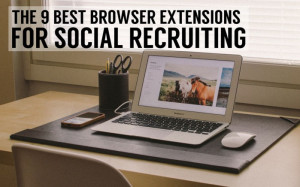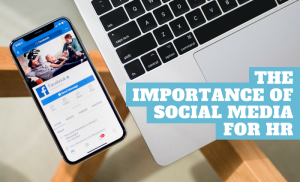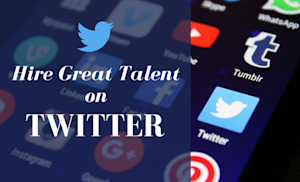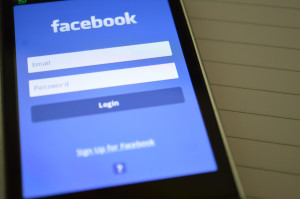
Twitter, Facebook, Google+ And The Future Of Social Sharing [INFOGRAPHIC]
We agree. Social sharing is huge. Without social sharing, social recruiting would not be where it is today.
The article below care of Media Bistro describes the profound impact of social media and social sharing in our current world. The study sampled 2,059 consumers that all had to be active on Facebook, Twitter or Google+ and that fell within the ages of 16-40. Out of the sampled group, 68% fell between the ages of 19-34.
Some interesting statistics:
– there are over 845 million monthly active users on Facebook, and more than HALF of which login daily
– sharing via mobile devices grew 6 times in 2011 alone
– Facebook made up 52.1% of all sharing online in 2011 though Twitter and Tumblr grew their volume of shares by 576.9% and 1299.5% respectively
________
Twitter, Facebook, Google+ And The Future Of Social Sharing [INFOGRAPHIC] By Shea Bennett on February 16, 2012 6:00 AM
Social sharing is huge.
In less than a decade, platforms such as Facebook and Twitter have given rise to a phenomenon that has literally changed the world. At the click of a button, a user anywhere on the planet can immediately share content with friends, family, colleagues and clients, who, thanks to the ripple effect, can repeat the process, ultimately passing a single piece of information on to potentially millions of people.
This empowers individuals and businesses – everyone now has the capability to make a difference. But what does it mean for the future? Five years from now, what types of content will be shared the most, by whom, where and why?
Digital marketing agency Beyond analyzed the social sharing habits of over two thousand active Facebook, Twitter and Google+ users. By evaluating what makes something ‘shareworthy’ today, Beyond made six predictions about sharing habits in the future.
The rate of shared content will eventually plateau. Users become more passive the longer they are on a social network, which means that brands need to find ways to keep their fans active and engage.
The rate of shared content will eventually plateau. Users become more passive the longer they are on a social network, which means that brands need to find ways to keep their fans active and engage.
Like it or not, frictionless sharing is here to stay. While unpopular with many, frictionless sharing has been ushered in by Facebook and is used by Spotify and others. A backlash has already began, but Beyond argues that this will pass and frictionless sharing will soon evolve to become commonplace and more widely accepted
The Google+ Circles model is likely to catch on. It needs to be simplified for users, but segmenting your social networks into specific friend groups to selectively share content may prove to have legs
Discount, discount, discount. Consumers will always want discounts and giveaways, and brands that utilize these marketing tools will spur users to continue to share their content
What we’re prepared to share will evolve. The most common events that people share now are status updates about life achievements, but over time this will likely evolve to include personal milestones sent via frictionless sharing, if this can be made easier
The reasons why we share will remain the same. The top three reasons for sharing are to inform friends, express a point of view or to say something funny. These elements have been the bedrock of how we have always expressed ourselves to others, and this likely will not change






